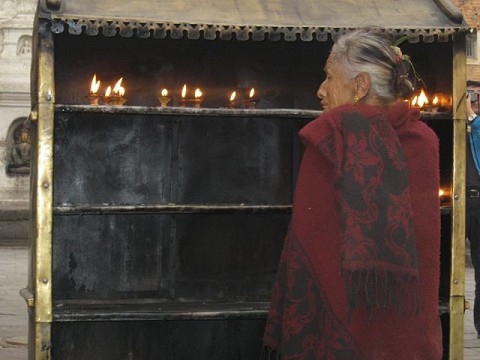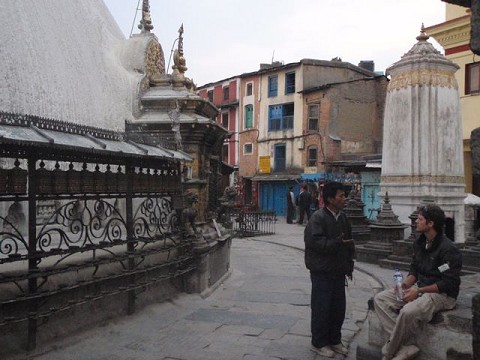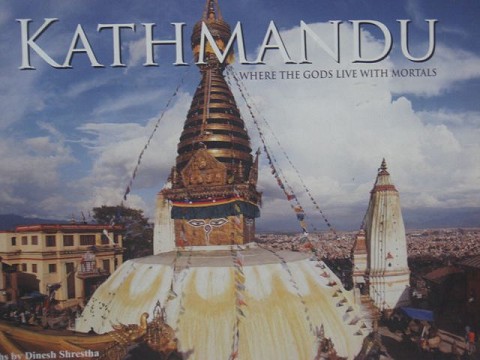

Nepal is the birthplace of Buddha, and boasts the highest concentration of Buddhist icons and shrines in the world. It is the home of the Gurkhas and Sherpas, the land of golden pagodas and parasols, of hidden valleys and crystal mountains, of eight-thousanders, and of the mysterious Yeti. It is an anthropological and cultural treasure trove, with Kathmandu being the epicenter of bohemian expression. Being home to eight of the ten tallest and most magnificent mountains in the world, it is no wonder the Nepalese revere the Himalaya. Hima comes from the Sanskrit ‘hima,’ meaning snow, and ‘alaya,’ meaning abode. Myths have been created regarding the mountains and many have found their way into the Eastern religions. Hindus believe that Parvati, the mountain goddess, is a manifestation of Himvati (daughter of Himalaya). Lord Shiva is also known as the lord of Mount Kailash. Tibetans worship many of the mountains in their immediate surroundings while Mount Everest itself is known as Chomolungma, the Mother Goddess of the Earth. Hindu, Buddhist, and shaman ascetics have been drawn to the clean and bracing air of these lofty heights for thousands of years, as the monasteries hidden away in their clefts testify. Even today, there remain vast areas that are yet to be mapped. There are thousands of peaks that have never felt the foot of man on their summit, and numerous valleys in between that remain untouched.
But perhaps most untouched of all are the hearts of the people living in the shade of the Himalaya. Truly, Nepal remains one of the most unevangelized countries in the world, with an estimated 99.5% of the population ignorant of the Gospel. I was afforded the great privilege of pioneering with a group of four missionaries deep into this shadowy hinterland of pagan demons and godlings. There, we visited one of the largest Buddhist temples in the world (Boudhnath Stupa). It dominated the horizon like a hilltop castle. The eyes of Buddha, inlaid into the temple’s central spire, ominously peered out over the city of Kathmandu. Pilgrims from the four corners of the earth congregated there to spin the famous prayer wheels. Inside cylinders, the Tibetan monks place scrolls inscripted with prayers hoping to appease various demons, and people believe the prayers are released into the air upon spinning them.
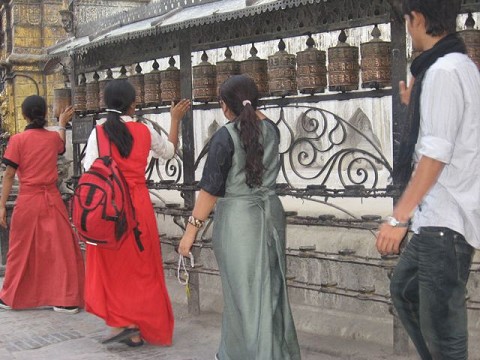
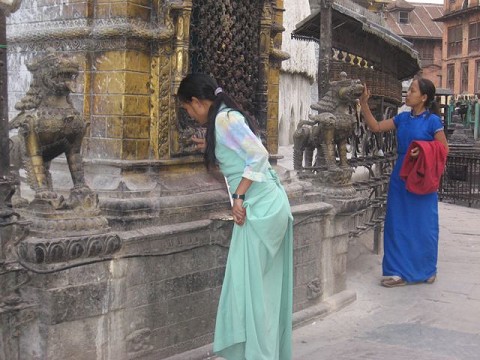
Watching the myriad of rituals taking place all around me, my own head began spinning. I knew beyond any shadow of a doubt that I was completely powerless in this place. There are no human abilities or qualifying characteristics that could possibly pierce the blistered hearts of these devotees. I mean, seriously. This place is like a modern day Jericho. If any effective evangelism, preaching, or church planting is going to happen here, it certainly is not going to come from human achievement. If ground is to be gained, if walls are to be crumbled, and if victory is to be had, it is going to happen on the Lord’s terms, and not on man’s…
…okay, let me just say that no other place has been so successful in hammering into my heart my real dependence on God. There is something about this region that stirs the soul to one’s own spiritual poverty and to the urgent need of the Gospel. It is a part of the ‘10/40 window,’ which is the area of the world that contains the largest population of non-Christians in the world, stretching from North Africa, across the Middle East, to Southern Asia. Over two-thirds of the world’s population lives in this region, 95% of whom are unevangelized. The majority has never heard the Gospel message even once. And unless something changes soon, most of these unreached people will never hear the Gospel. Bryant Myers of World Vision has estimated that only about 1.25% of Christian mission giving goes to missions work in this region where open evangelism is so difficult and often impossible because of governmental restrictions. Not only does this region have the greatest lack of access to Christian resources in the world, but it also harbors the greatest poverty and lowest quality of life, as well. 85% of those living in the 10/40 window are among the poorest of the world’s poor.
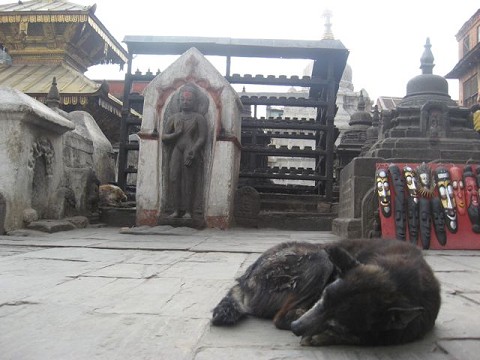
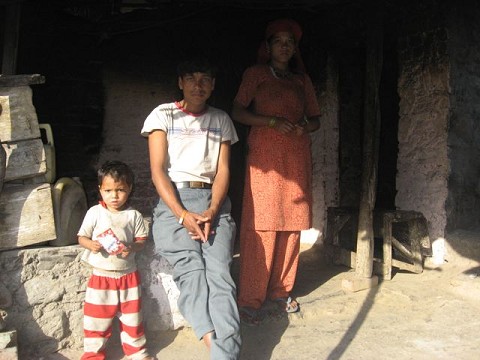
Like me, my teammate Joel has been greatly affected while living in the 10/40 window. God has given him an extraordinary heart for the people groups of this region, and he has been mightily convicted to give his life in serving them. One of my biggest blessings has been observing my brother’s life being literally transformed as God has miraculously opened up one door after another, ordaining every step, to enable him to join me on this life-changing pilgrimage to Nepal. My sincerest prayer is for every one of us to condition our hearts to be able to know the Holy Spirit’s conviction, the Father’s guidance, and Christ’s sacrifice in our own lives. My prayer is also urgent, because studies estimate 66,000 people from the 10/40 window die every day without ever hearing about Jesus.
…oh, and to finish my story about visiting Boudhnath Stupa (the Buddhist temple featured in most of these pictures), God actually did end up laying down some foundations of His own, completely apart from anything I could have done in my own strength. As I sat there on the stony step opposite the prayer wheels, reeling in my own head, I began praying. At some point, I was interrupted by a man who quite extraordinarily spoke English. He was the first and only person I spoke with the entire day, and definitely one of the very few English speakers. More bizarre was his rare openness to discuss religion with me… and most incredible was his willingness to hear a little bit about Jesus Christ! May God continue to reach out to him… 65,999. Amen.





